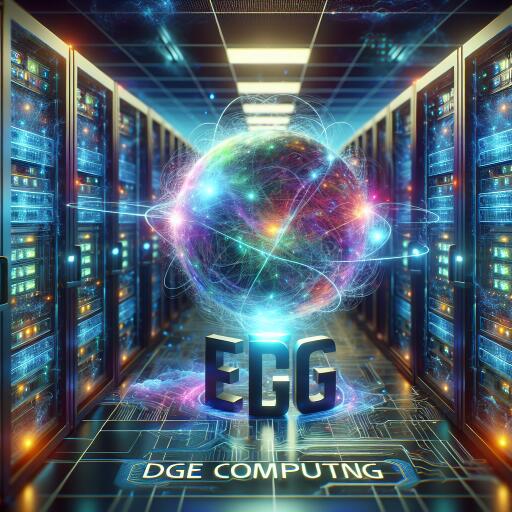Cervoz Unleashes the Power of Edge Computing
In the rapidly evolving digital landscape, businesses are increasingly turning to Internet of Things (IoT) solutions to gain insights from the vast amount of data generated in our connected world. With the advent of AI and the rollout of 5G networks, the sheer volume of data has begun to stretch the capabilities of traditional cloud computing solutions. This is where edge computing comes into play, offering a more nimble approach by processing data closer to where it is generated, thereby speeding up insights and significantly reducing latency. This technological advance is not just crucial but transformative for industries relying on immediate data processing, such as in the creation of digital twins, the development of autonomous vehicles, and the provision of smart healthcare services.
At its core, edge computing is a decentralized IT architecture designed to bring computation and data storage closer to the location where it’s needed, minimizing reliance on a central data center. This shift towards dispersed computing power across the network’s edge encompasses a system made up of three critical layers: Device, Edge, and Cloud.
The device layer sits closest to the physical world, consisting of endpoint devices like sensors, cameras, and controllers. These devices are the frontline of data collection and initial processing, aiming for real-time responsiveness and increased operational efficiency. To achieve this, they employ components such as M.2 2230 and 2242 NVMe SSDs alongside SO-DIMM DDR4 DRAM, ensuring rapid data access and efficient storage in sleek, compact packages. These components boast robustness to operate reliably across varying temperature ranges and are fortified with additional protective measures for enhanced performance in demanding environments.
Moving one layer up, the edge layer includes servers and gateways that serve as a bridge between the device-layer data and more extensive cloud operations. Its primary role is in data analytics and filtering, geared towards reducing dependency on remote data centers by facilitating real-time processing and responses. Here, efficiency and stability are paramount. Components such as NVMe PCIe Gen3 SSDs, known for their compact M.2 form factor, LDPC ECC technology, and DRAM cache buffer, are crucial for managing rapid data transfers while maintaining accuracy and operational stability.
The cloud layer, the topmost tier, undertakes the heavy lifting with intensive processing and long-term data storage. It is where analytics, artificial intelligence, and machine learning come into play, operating across various edge nodes. For tasks demanding maximum performance, NVMe PCIe Gen4x4 SSDs, like the Cervoz T441, which achieve speeds up to 7,100/6,190MB/s and 1,000K IOPS, are indispensable. Innovative solutions, including heatsinks and thermal throttling technology, are deployed to counteract the common issue of overheating in high-performance computing.
For edge computing to be effective, reliable, low-latency network connectivity between the device, edge, and cloud layers is essential. This is where 10GbE Low-Profile Ethernet Cards come into play, offering high-speed, stable connections essential in environments requiring high bandwidth and low latency. Additionally, for setups where physical cables are impractical, M.2 Wi-Fi cards provide the necessary wireless flexibility, ensuring a robust infrastructure for seamless data flow across all layers.
Cervoz steps into this realm with a comprehensive suite of edge computing solutions. Their offerings include advanced NVMe SSDs, DRAM modules, and modular expansion cards, all designed for seamless integration and optimized performance.
Edge computing represents a pivotal shift in how data is processed, bringing it closer to its source. This approach not only enhances efficiency but also opens new avenues for technological innovation across numerous industries. As we continue to produce and rely on vast amounts of data, the role of edge computing will only grow, making solutions like those provided by Cervoz increasingly fundamental to the infrastructure of our digital world.










